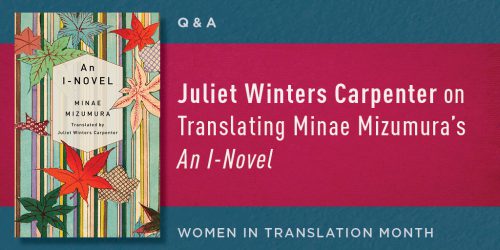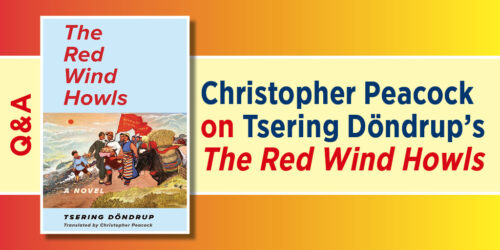Rachel Brownstein on Jane Austen; The New York Time on Rachel Brownstein's "Why Jane Austen?"
 “Contrary to the main current of popular opinion today, Jane Austen’s novels are not first of all and most importantly about pretty girls in long dresses waiting for love and marriage.”
“Contrary to the main current of popular opinion today, Jane Austen’s novels are not first of all and most importantly about pretty girls in long dresses waiting for love and marriage.”
Yesterday’s New York Times Book Review included a review of Rachel M. Brownstein’s Why Jane Austen?. The review praises Brownstein for her “excellent…overview of Austen’s ascent of the Olympian literary slope” and calls her “a superb critic, seen at her best when illuminating Austen’s mastery of significant detail.”
In the book, Rachel M. Brownstein considers constructions of Jane Austen as a heroine, moralist, satirist, romantic, woman, and author and the changing notions of these categories. She finds echoes of Austen’s insights and techniques in contemporary Jane-o-mania, the commercially driven, erotically charged popular vogue that aims paradoxically to preserve and liberate, to correct and collaborate with old Jane.
Here is an excerpt from the book:
Contrary to the main current of popular opinion today, Jane Austen’s novels are not first of all and most importantly about pretty girls in long dresses waiting for love and marriage; and they are not most importantly English and Heritage, small and decorous and mannerly and pleasant. Read with any degree of attention, they do not work well as escape reading: there are too many hardheaded observations and hard, recalcitrant details in them. Only the powerful force of the courtship plot makes it at all possible to see the morose, depressed, self-involved, and boring Edward Ferrars as an acceptable husband; no more need be said about Edmund Bertram. Real evils are represented in all the novels—not only the unpleasantness of boredom, homelessness, and the governess trade and what Sense and Sensibility casually calls “the strange unsuitableness which often existed between husband and wife,” but also ruined lives, dangerous illnesses, urban riots, the slave trade, and foreign wars. Winston Churchill said he read Pride and Prejudice for respite while suffering from a fever and directing World War II, but even the “calm lives” of the characters in that brilliant comic novel are shadowed by envy, spite, foolishness, fraud, and, yes, at a distance, war.
Obsessed with sentimental nostalgia and the self-congratulatory pleasures of repetition, real profits, and ideal lovers and breasts, twenty-first-century Jane-o-mania has come a long way from the novels, and for the most part has even lost them. But even in its silliness the fascination with the novelist retains I think a tiny kernel of the old Janeite knowledge that Austen-land is a place where translating human worth and human relationships into cash is criticized, and the truth gets told and trusted, and good people look for real civility and love, a rootedness, relatedness, and belonging that is more enviable than wealth and manners. Jane-o-mania, in its wrongheadedness and banality, reveals our own inadequacies: stupidity and ignorance, arrogance and greed, the qualities Jane Austen mocked. But Kipling, in his post–World War I story “The Janeites” (1924), got Jane Austen right. So did Nicolas Freeling (following him) in his “Eurocrime” novel The Janeites (2002), a tale about a promiscuous Jesuit oncologist who gallantly stays true to what matters in a grim world where violent crime complicates international power politics. The reader takes pleasure in belonging to the in-group of Jane Austen’s admirers and intimates, that doughty, gallant band of brothers (in the later novel, one of them is a woman) who will stick to their guns (such as they are) in defiance of the dark. Her best readers have felt the message on their pulses, that engagement in her comedies of love is an invigorating alternative and corrective to everyday war, tedious illness, numbed minds, and terminally boring death.



